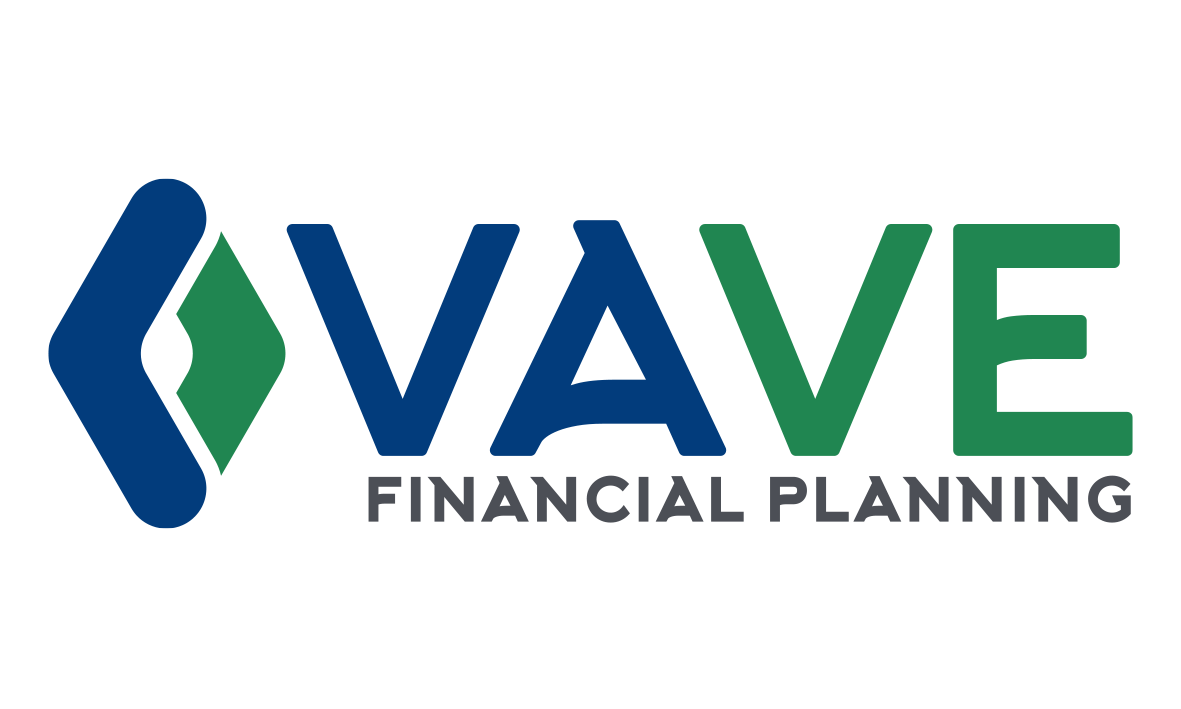If you've ever watched an NBA game, you'll quickly notice that some of the basketball players are just better than others. They perform far better than their peers and they become the star on their team, and eventually, maybe the MVP of their league. Think of some of your favourite MVPs, maybe Michael Jordan, Kobe Bryant, or Steve Nash. If you're younger, maybe you'll be fonder of Lebron James, Steph Curry, or Kevin Durant . In any case, all these athletes have something in common. They don't wait until their team is winning (or losing) before they start warming up. They play the whole game.
Can you see where I'm going with this? Your investment portfolio doesn't become great if you only invest when (you think) the market is down, as you'll never know when it's on the way up. Your portfolio needs to spend time in the market, rather than depend on timing the market.
The best time was yesterday
Several of my clients with cash on hand ready to invest have expressed hesitation with entering the current bull market which has lasted since 2009. They hold onto their cash, waiting for the "right time" or a "better time" to take the plunge and complain that the market is "over-valued". They've already lost out on returns while waiting for a downturn. In fact, a growth portfolio of index funds would have gained well over 10% per year over the last 5 years (as of December 31, 2017).
The problem with trying to time the market is that it's extremely hard to do. Even the "TSN Turning Point" is announced after the game is over. Hindsight is 20/20. The markets have ups and downs in the short- and medium-term but if you were to try to time the market, you often end up hindering your own returns. See below a graph showing what happened to your portfolio returns if you missed the top 10 days of the S&P 500 over a 20 year span:
* Source: Schwab Center for Financial Research
From 1996-2015, the S&P 500 returned 8.2% per year but if you missed out on the top 10 trading days during those 20 years, your portfolio would have returned only 4.5% per year!!! In fact, if you missed the top 40 days within that 20 year span, you would have had a negative return over that time (-2.0%)!
Rather than try to time the market and quite possibly miss out on those few top trading days, I believe your best chance of capturing market returns is to stay in the market long-term. I've written an article titled "Passive Investing Solutions" which describes how you can capture close-to market returns through using Index ETFs or using a Robo-advisor.
In sports, there is a term for when you enter the game only after the team's winning:
GARBAGE TIME.




